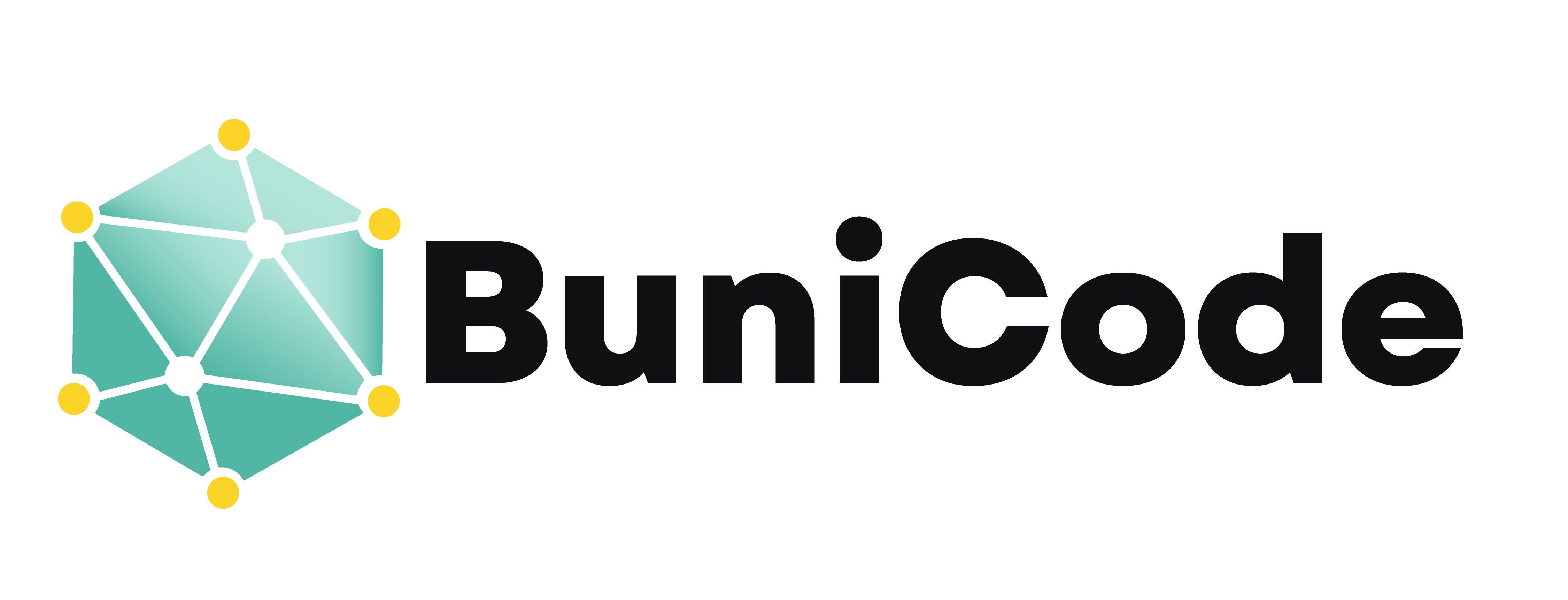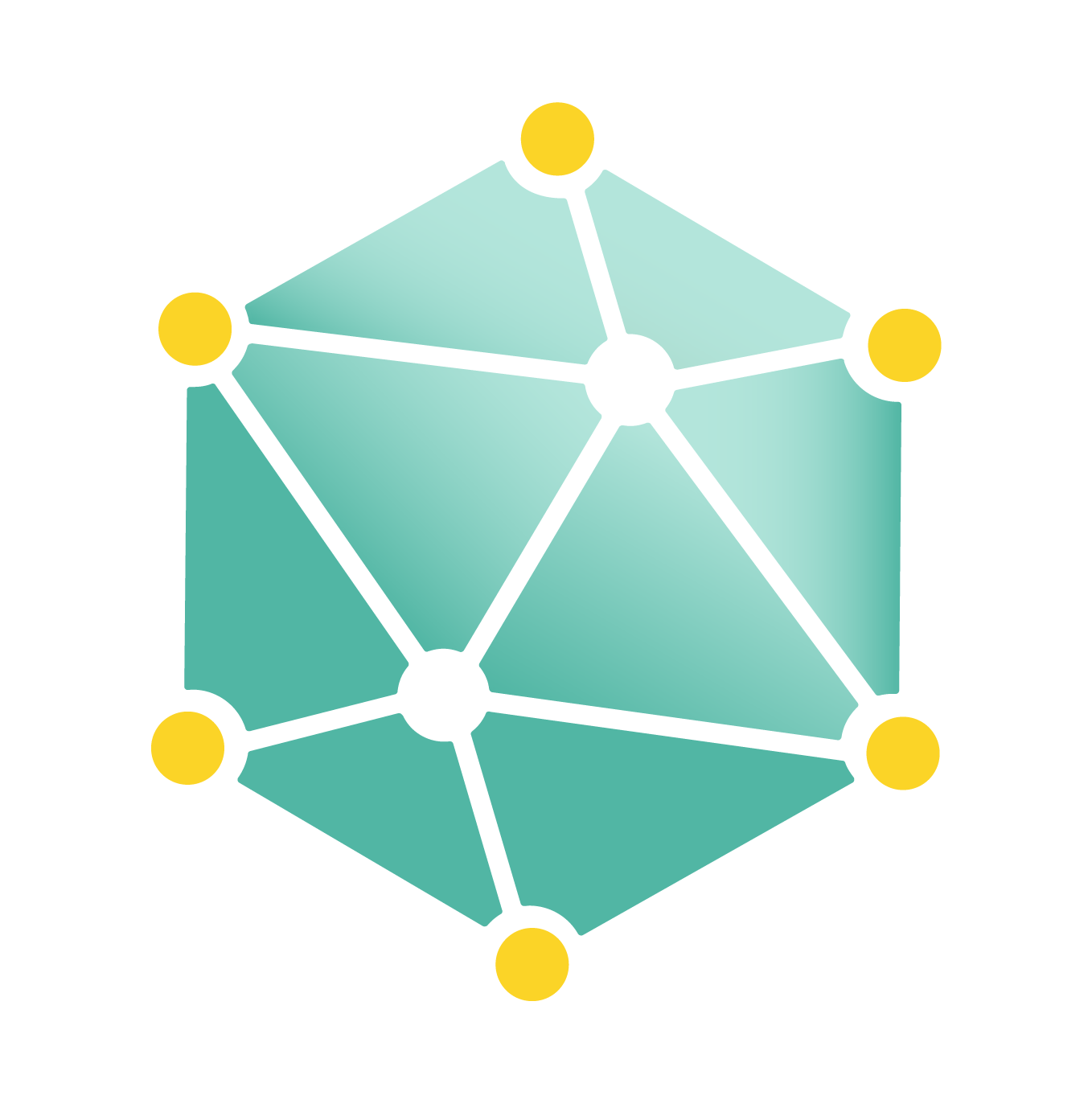
In the world of Agile software development, Scrum is one of the most popular and widely adopted frameworks. It provides a structured yet flexible way for software teams to build high-quality products efficiently and iteratively. Whether you’re a product owner, developer, or business leader, understanding Scrum is essential if you want to harness the full potential of Agile methodologies.
What Is Scrum?
Scrum is a lightweight framework within the Agile methodology that helps teams work together to solve complex problems. It’s designed to facilitate adaptive planning, evolutionary development, early delivery, and continual improvement — all while fostering collaboration and accountability.
At its core, Scrum is based on empirical process control, which means decisions are made based on observation, experience, and experimentation rather than rigid planning.
Key Elements of Scrum
To fully understand Scrum, it’s important to grasp the key components that define the framework:
🧑🤝🧑 Scrum Team Roles
- Product Owner
- Responsible for defining the product vision and managing the product backlog.
- Prioritizes features based on customer needs and business value.
- Scrum Master
- Acts as a coach for the team, ensuring they follow Scrum practices and remove roadblocks.
- Facilitates Scrum events and supports continuous improvement.
- Development Team
- A cross-functional group that designs, builds, and tests the product.
- Self-organizing and accountable for delivering increments of work.
📅 Scrum Events (Ceremonies)
- Sprint
- A time-boxed period (typically 1–4 weeks) in which a usable product increment is created.
- Sprint Planning
- Held at the beginning of a sprint to define what will be delivered and how the work will be accomplished.
- Daily Scrum (Standup)
- A 15-minute meeting for the development team to sync progress and discuss blockers.
- Sprint Review
- A collaborative session at the end of the sprint to inspect the increment and gather feedback.
- Sprint Retrospective
- A reflective meeting for the team to evaluate what went well, what didn’t, and how to improve in the next sprint.
📝 Artifacts in Scrum
- Product Backlog
- An ordered list of features, enhancements, and fixes that might be included in the product.
- Sprint Backlog
- A list of tasks the team commits to completing during the sprint.
- Increment
- The sum of all completed work at the end of a sprint — a potentially shippable product.
Benefits of Scrum
✅ Faster Time to Market – Small, frequent releases deliver value sooner.
✅ Improved Product Quality – Continuous feedback leads to better results.
✅ Greater Transparency – Daily stand-ups and sprint reviews make progress visible.
✅ Adaptability – Scrum allows teams to pivot based on customer needs or feedback.
✅ Higher Team Morale – Self-organization empowers teams to own their success.
Scrum vs. Traditional Project Management
| Aspect | Scrum | Traditional (Waterfall) |
|---|---|---|
| Process | Iterative | Linear |
| Planning | Adaptive | Fixed |
| Delivery | Continuous Increments | Final Delivery |
| Risk | Reduced early via feedback | High near the end |
| Involvement | Continuous Stakeholder Input | Limited until completion |
When Should You Use Scrum?
Scrum is ideal for:
- Projects with evolving requirements
- Teams that thrive on collaboration
- Software development environments where continuous improvement is essential
- Startups and innovation-driven businesses
How BuniCode Uses Scrum
At BuniCode, Scrum is part of our DNA. We build scalable, custom solutions by:
- Empowering cross-functional teams
- Iterating quickly based on real feedback
- Delivering high-quality increments in short, efficient cycles
Whether it’s an MVP for a startup or an enterprise AI platform, Scrum helps us ensure you’re always part of the journey.
Final Thoughts
Scrum offers a proven path to building great software — not through rigid structure, but through transparency, inspection, and adaptation. It’s more than just a set of meetings and roles; it’s a mindset.
If you’re looking for a development partner that blends Scrum discipline with creative problem-solving, BuniCode is ready to collaborate.
📩 Let’s build smarter, together.
Visit bunicode.com or connect with us to discuss your Agile development needs.



